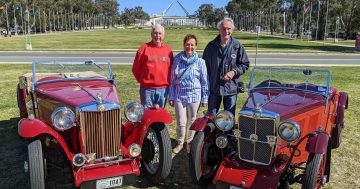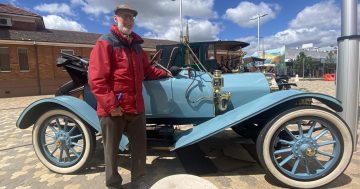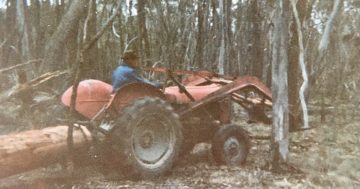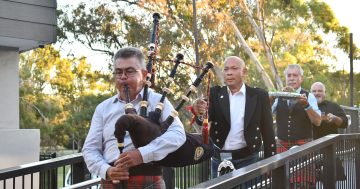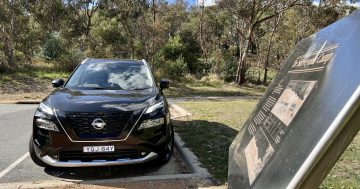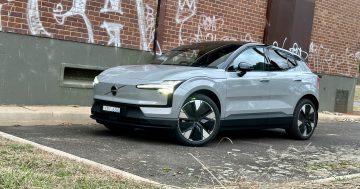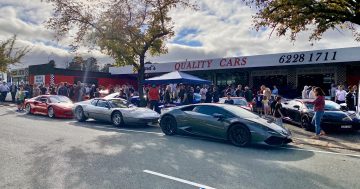
There’s more than one centenary to celebrate this year, with the Morris 100 Canberra Celebration and Tour set to mark 100 years since the first Morris car left the factory In Oxford, England.
This weekend, anyone with an interest in cars built by William Morris, later Lord Nuffield, can celebrate not only the Centenary of Canberra but all things Morris as well.
170 cars will come together including Morris, MG, Wolseley, Riley and BMC/Leyland vehicles. They’ve coming to town from 132 locations around Australia – from Perth in the west, Mission Beach in the north, and everywhere in between.
You can see the display on Saturday 20 April in the Langton Crescent Car Park (in front of the Treasury Building) from 10am.
On Sunday 21 April a special Centenary drive will take place, starting at the Australian War Memorial at 9am and driving up and down Anzac Parade. The cars will then set off on a route taking in 100kms of Canberra’s main sites and attractions.
The oldest cars taking part were built in 1914, and the display will be the largest assembly ever seen at any historic car display in Australia of ’bullnoses’, so-called because of their characteristic rounded radiator.
The youngest cars are two 1979 MGBs. The world’s oldest original MG still in use today, built in 1925, is also heading to town to take part.
On Monday 22 April the Morris’ will take their Centenary celebrations on two ‘Battle of the Sites’ tours, taking in the towns that might have been the nations’ capital – Yass, Binalong, Cowra, Orange, Bombala, Tumut and Dalgety.
Morris 100 is one of 51 community-based projects funded through the Community Centenary Initiatives Fund.












